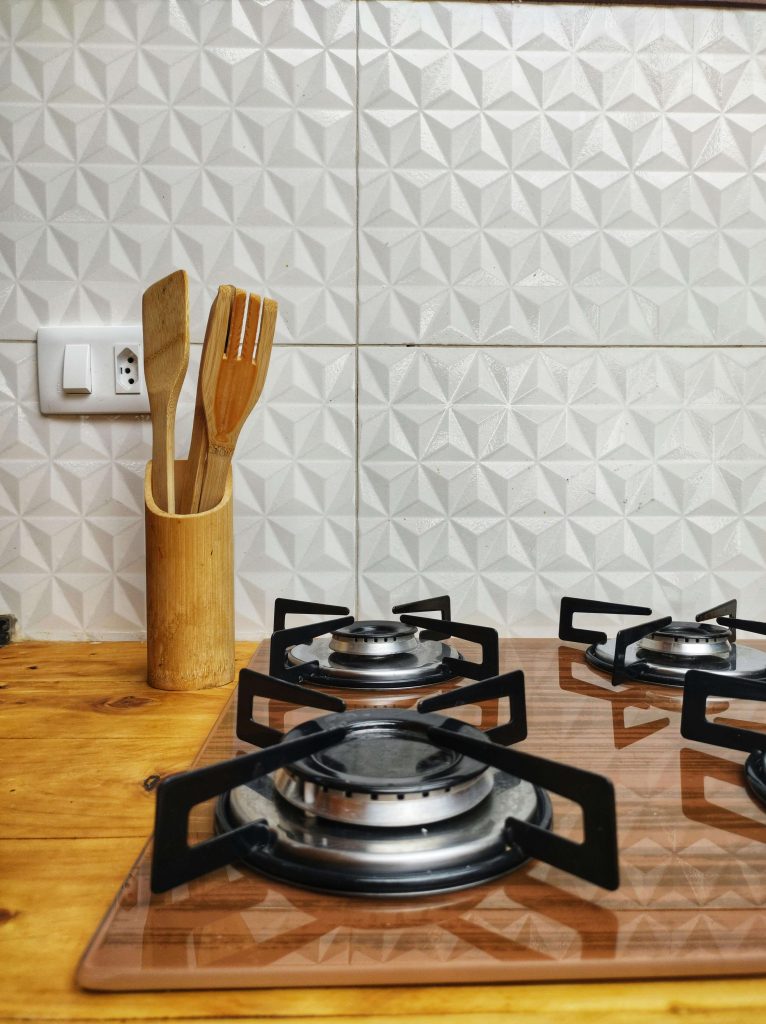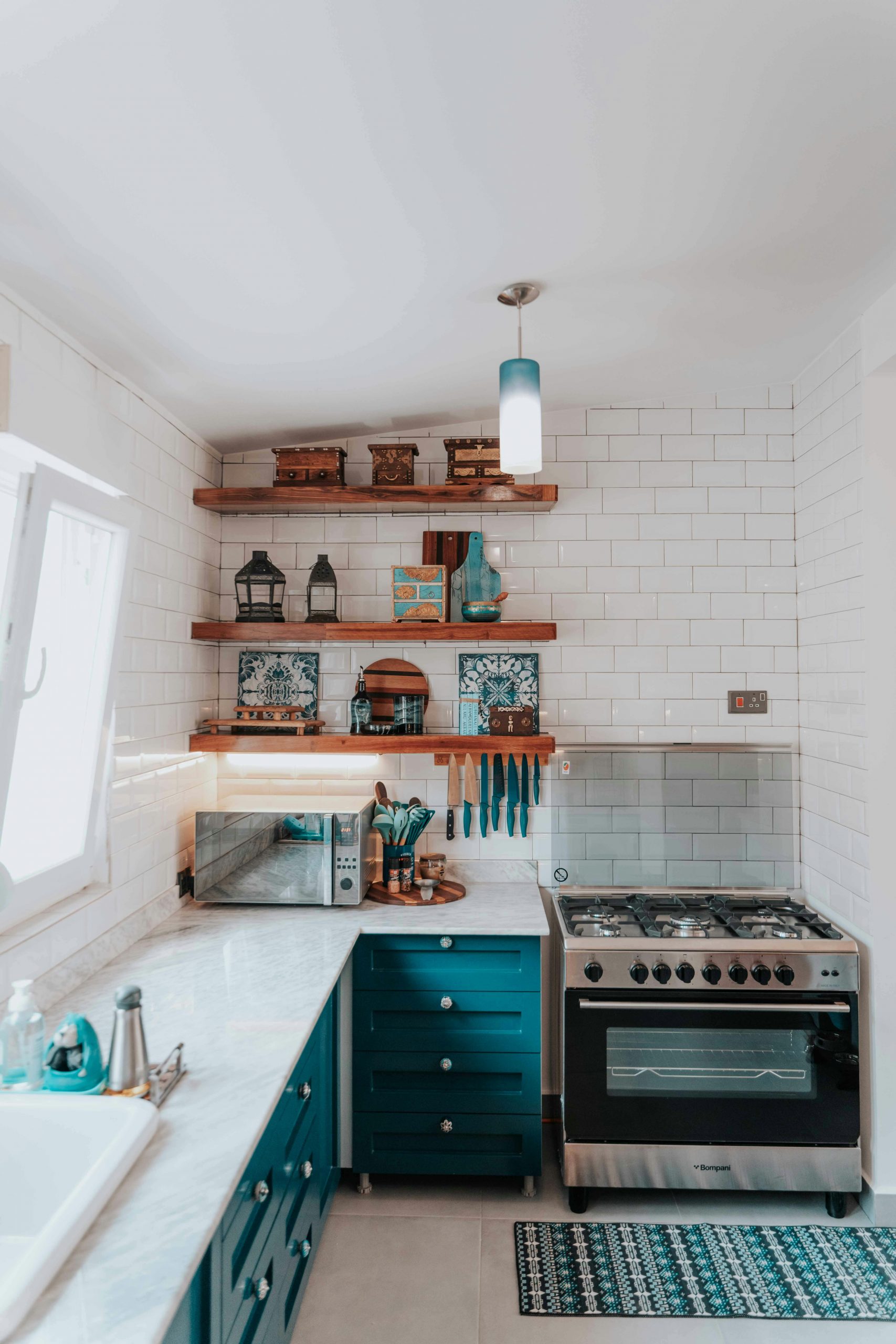If you’re redesigning your kitchen or upgrading your cooker, choosing the right hob can make a real difference to how you cook every day. From the speed and efficiency of induction, to the simplicity of electric, and the control of gas, each option brings its own benefits. But which one is best for your needs?
To help you decide, we’ve looked at the pros and cons of induction, electric, and gas hobs – comparing performance, energy efficiency, ease of use, and maintenance. Whether you’re an experienced home cook or just want a practical solution for weeknight dinners, here’s everything you need to know before making your choice.
How do the different hob types work?
Although induction, electric, and gas hobs can appear similar at first glance, the way they generate heat is quite different.
Induction hobs use electromagnetic technology to heat your cookware directly. This means the surface itself stays relatively cool, while the pan heats up quickly and evenly. Induction is highly efficient, safe to use, and ideal for precision cooking – but it does require cookware made from magnetic materials like stainless steel or cast iron.
Electric hobs, often ceramic-glass, work by heating up elements beneath the surface. That heat then transfers to your pan through conduction. These hobs are straightforward to use and don’t need any special pans, but they tend to heat up and cool down more slowly than induction.
Gas hobs remain a classic choice. They use a visible flame to heat your cookware, offering excellent temperature control and responsiveness. They work with all types of cookware, but they’re less energy-efficient and usually take more effort to clean.
Ease of use and everyday performance
When it comes to convenience, induction hobs are ahead. Because they only heat the pan itself, the surface remains cooler, so food spills are less likely to burn onto the glass, making clean-up a breeze. Most models also include handy safety features like child locks and automatic shut-off if no pan is detected.
Electric hobs have a similar appearance to induction, with smooth glass tops that are easy to wipe down. However, they’re slower to respond to temperature changes and hold residual heat for longer, which can increase the risk of overcooking or accidental burns.
Gas hobs offer instant heat and excellent control, especially for dishes that need rapid changes in temperature. However, their exposed burners and grates make cleaning more time-consuming, and they require good ventilation in the kitchen.

Pexels
Which is more energy efficient?
Induction hobs are widely considered the most energy-efficient option. Because heat is transferred directly into the pan with minimal waste, almost all the energy is used for cooking. This not only reduces cooking time but can lower your overall electricity consumption.
Electric hobs are slightly less efficient, as some heat is lost during transfer from the surface to the pan. Gas hobs tend to be the least efficient, as much of the heat escapes into the surrounding air, even though they still offer powerful performance.
If you cook often and value energy savings, induction could be the better long-term option. But if your cooking needs are basic or occasional, the differences in efficiency may not be as important.
Do you need special cookware?
One of the biggest factors to consider when choosing between induction and other types of hob is compatibility with your existing pots and pans.
Electric and gas hobs work with virtually all types of cookware, from aluminium and copper to cast iron and non-stick. If you already have a well-stocked kitchen, you likely won’t need to buy anything new.
Induction hobs, however, require magnetic pans. That means some common materials like aluminium or glass won’t work unless they have a magnetic base. A quick way to check is by placing a magnet on the bottom of your pan – if it sticks, it’s induction-friendly.
Safety and maintenance
In terms of safety, induction hobs are the clear winner. Since the surface doesn’t get hot unless a pan is present, there’s less risk of accidental burns. They’re also easier to clean, as spills don’t get baked onto the surface. And with automatic shut-off features, you get peace of mind if you forget to switch it off.
Electric hobs retain heat longer, so they need time to cool after use, and their smooth surface can still be prone to scratches or damage if not used carefully.
Gas hobs introduce a few more safety concerns due to open flames and potential gas leaks. While they offer excellent control, they require more maintenance and regular cleaning of burners and grates.
Installation considerations
All three types of hob will need to be installed by a qualified professional. Both induction and electric hobs require a dedicated power connection and must be hardwired into your home’s electrical system. Gas hobs must be installed by a certified technician and connected to a gas supply.
When upgrading, it’s also worth checking whether your home’s wiring or gas connection needs any additional work to support your new hob of choice.
Which hob is right for you?
If you’re after the most modern, efficient, and precise option, induction is hard to beat. It cooks quickly, is easy to clean, and offers excellent safety features, especially for families. The only drawback is that you’ll need the right cookware.
Electric hobs are a solid middle ground. They’re more affordable, work with all pans, and provide a smooth, modern finish – but they lack the speed and precision of induction.
Gas hobs still have their loyal fans, especially among those who love the hands-on control of cooking with a flame. They’re versatile and reliable, though not as efficient or as easy to clean.
Ultimately, the best hob for you depends on how often you cook, the type of meals you prepare, and what you value most in your kitchen. If speed and safety are top priorities, induction is worth considering. If you’re working with a tighter budget or prefer simplicity, electric might suit you better. And if you love the feel of flame cooking, gas could be the right fit.
No matter which you choose, upgrading your hob is a great way to make everyday cooking quicker, easier, and more enjoyable.
ALSO SEE: EASY WAYS TO GET RID OF RUST ON YOUR STOVE
Image: Pexels
Article originally published on Woman&Home.

